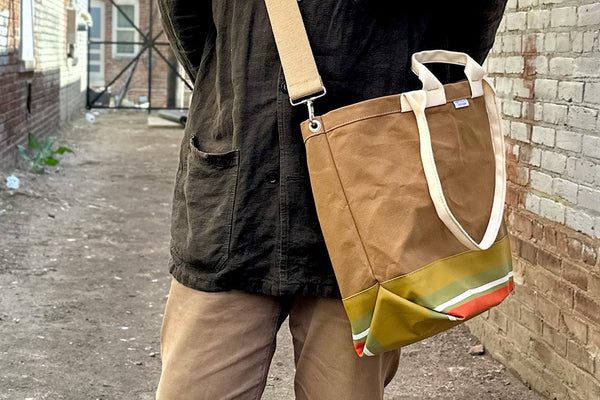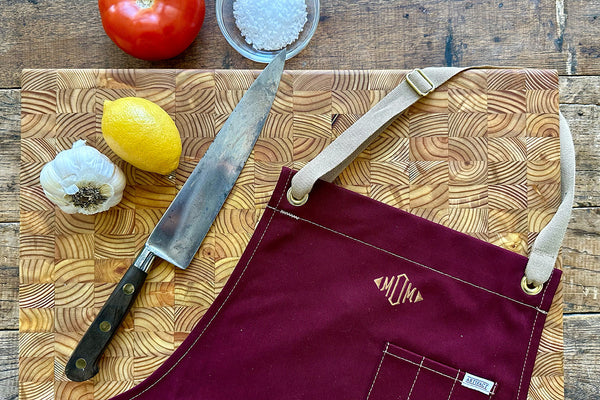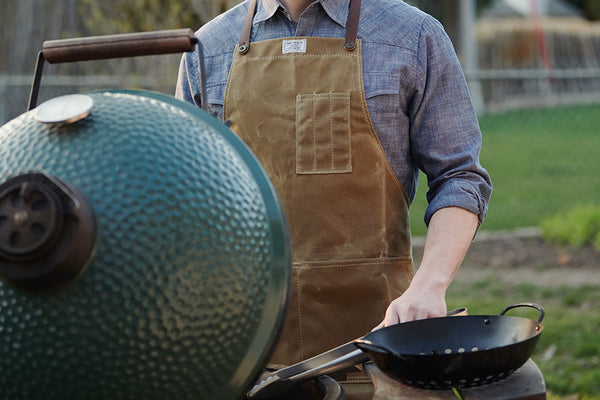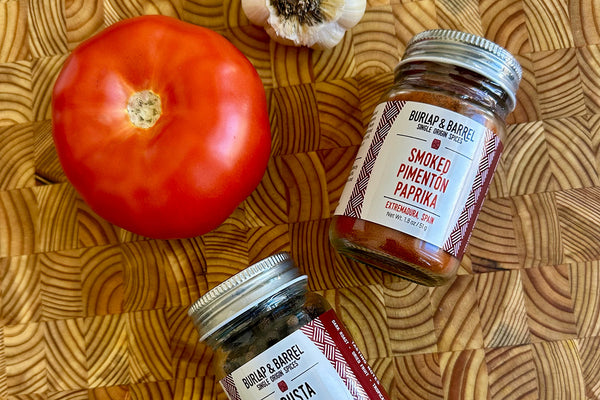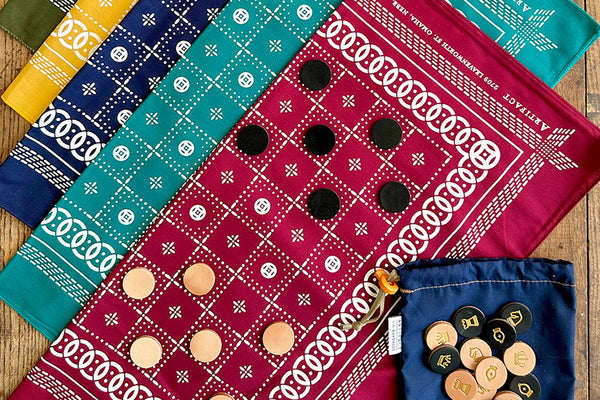The Artifact Blog
Handmade in the AI Age (Part III): The Beauty of the Ordinary
Part III of our series on making, meaning, and the role of craft in a technological world
If the Arts & Crafts Movement was a response to the alienation of industrialization, Japan’s mingei movement was a response to cultural displacement. In the early 20th century, as Japan modernized rapidly and Western aesthetics dominated the art world, a quiet revolution took place—not in galleries, but in kitchens, kilns, and the hands of anonymous makers.
At the center of this shift was philosopher and art historian Soetsu Yanagi. Disturbed by the growing divide between “fine art” and everyday objects, Yanagi championed what he called mingei, or “folk craft”—the work of unnamed artisans whose pottery, textiles, tools, and baskets had been shaped not by ego or theory, but by tradition, function, and care.
“The beauty of such objects is not the product of the individual,” Yanagi wrote, “but of a tradition that has continued unbroken.”



ARTIFACT denim apron worn by folk artist Bill Hoover
Beauty Without a Signature
Unlike movements driven by individual visionaries, mingei celebrated collective wisdom. A tea bowl fired by a village potter, a handwoven cloth used for workwear—these objects were beautiful precisely because they weren’t trying to be. Their simplicity and usefulness were born of necessity, not novelty.
This was a radical idea at the time. Western art theory privileged originality, individualism, and artistic intent. But mingei offered something different: a vision of beauty as quiet, functional, and communal.

Shoji Hamada Tea Bowl in Cane Pattern (circa 1955)
Yanagi’s collaborators, including potters Shoji Hamada and Bernard Leach, brought these ideas into practice—preserving techniques, training apprentices, and redefining what it meant to make with integrity. In their work, the mark of the hand wasn’t a flaw—it was a sign of life.

Japanese folding basket in steam bent bamboo (oritatami takekago)
What We Learn from Mingei
In an age when AI tools can generate “original” designs in seconds, the mingei philosophy feels more relevant than ever. It reminds us that value doesn’t always come from innovation. Sometimes, it comes from the rhythm of repetition. From working within limits. From making something not to impress, but to serve.
At ARTIFACT, this spirit lives in the small decisions we make—how a pocket is placed, how a stitch is reinforced, how materials are chosen. We’re not interested in novelty for its own sake. We’re interested in the everyday object that becomes extraordinary through use.




WWII theater-made fighting knife crafted from salvaged materials: aluminum, leaf spring, file steel, Micarta, and Bakelite
To embrace the handmade today is to recognize that beauty doesn’t have to shout. Sometimes, it just needs to show up. Again and again.
Looking Ahead
In the next post, we’ll consider how AI tools are reshaping creativity—what’s gained, what’s lost, and where human hands still matter.
Read Part IV → (link will be added when live)
Suggested Reading:
-
Mingei: Are You Here? – exhibition catalog (Japan Folk Crafts Museum)
-
Mingei of Japan – Noritake Tsuda

